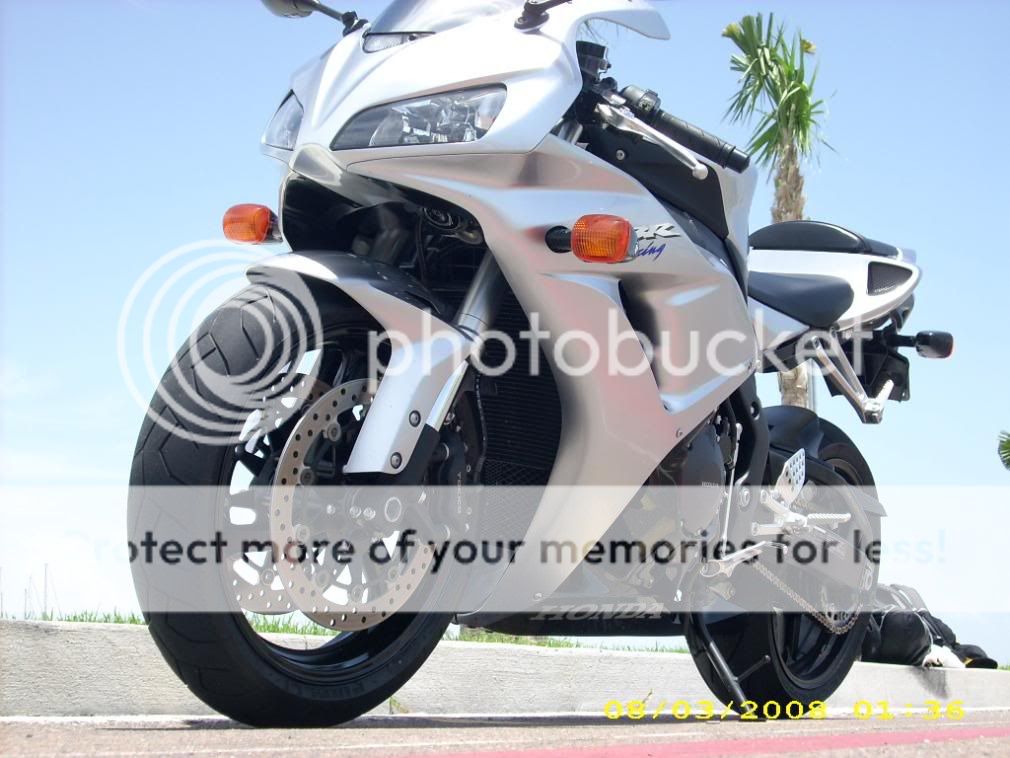A Question On Air Brakes
Topic 5525 | Page 1
Ricky, when you lose your air pressure your brakes will lock up. So what you lose is control over your brakes.
And yes your understanding is right about the air being released from the actuators. Those cylinders you see on the axles of tractors and trailers have a very strong spring in them that applies the pressure to the brakes. The pressure is held off by air pressure, then as that air pressure is released the spring starts exerting it's pressure and pushing the brake shoes against the disc/drum.
HOS:
Hours Of Service
HOS refers to the logbook hours of service regulations.
Ricky, when you lose your air pressure your brakes will lock up. So what you lose is control over your brakes.
And yes your understanding is right about the air being released from the actuators. Those cylinders you see on the axles of tractors and trailers have a very strong spring in them that applies the pressure to the brakes. The pressure is held off by air pressure, then as that air pressure is released the spring starts exerting it's pressure and pushing the brake shoes against the disc/drum.
Great explination. Thank you very much.
HOS:
Hours Of Service
HOS refers to the logbook hours of service regulations.
Trailers made before 1975 didn't have to have spring brakes. They had single chamber brakes much like the ones we see today on the front axle of tractors. You apply air pressure to move the pushrod and engage the brakes. When you remove air pressure the spring pulls the pushrod back into the chamber and you have no brakes applied. So if you lost air to the trailer you had no trailer brakes.

Heres some mechanical diagrams of modern brake chambers that will help:



So what happens on a spring brake trailer is that you need air pressure to counter the spring force, thereby releasing the brakes. Then when air is applied to the service brake chamber, it moves the pushrod turning the S-cam and applying brakes. When you set the trailer brakes in the cab you are actually removing the air in the spring brake to allow the spring to push the pushrod. These are also called dual chamber because you have the one chamber of the service brake and diaphragm, and another diaphragm chamber for the spring brakes, which both push one pushrod. Whereas on the older brake chambers (pre 1975) there is just the service chamber and no spring brake chamber.
I actually use a trailer to haul water that is old enough it doesn't have the spring brakes, so I have to either really crank down the landing gear or chock the wheels to disconnect it from the 5th wheel. You don't really see many of these trailers anymore and I was surprised that my company still uses one!
Phil
New Reply:
New! Check out our help videos for a better understanding of our forum features

















Preview:








 TT On Facebook
TT On Facebook
I am a certified master auto tech but know nothing of semis. I was always under the impression that the lack of air is what applied the brakes. In other words when you step on brake pedal the air is allowed to escape from actuators allowing the brakes to apply. But then i keep running into statements like this one copied from highroad. "Never use the hand valve for parking because all the air might leak out, unlocking the brakes (in trailers that do not have spring brakes.) " Also alot of comments like if you lose air you lose brakes. I guess my main question is simple. When you step on the brake does it send air pressure to actuate the brakes or does it relieve air pressure to actuate the brakes. Thank you.
OWI:
Operating While Intoxicated